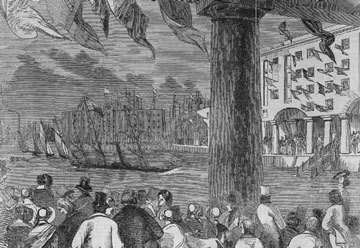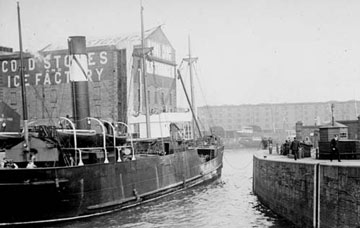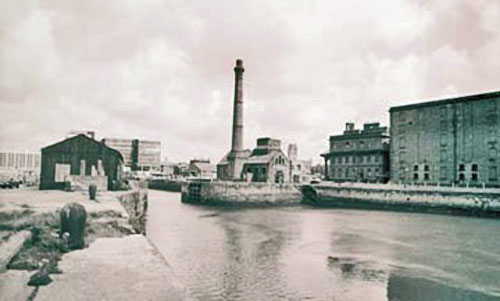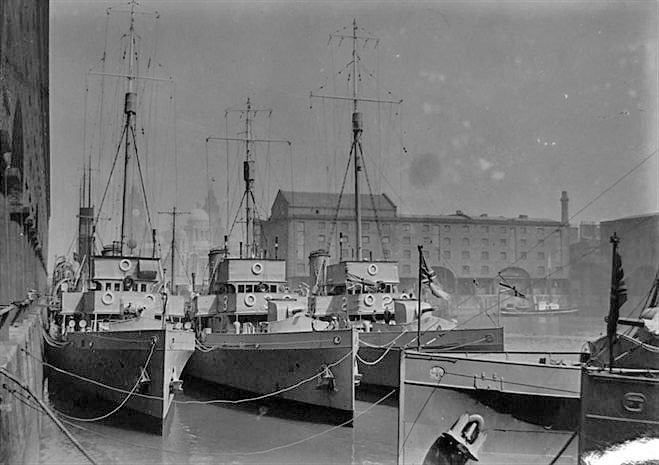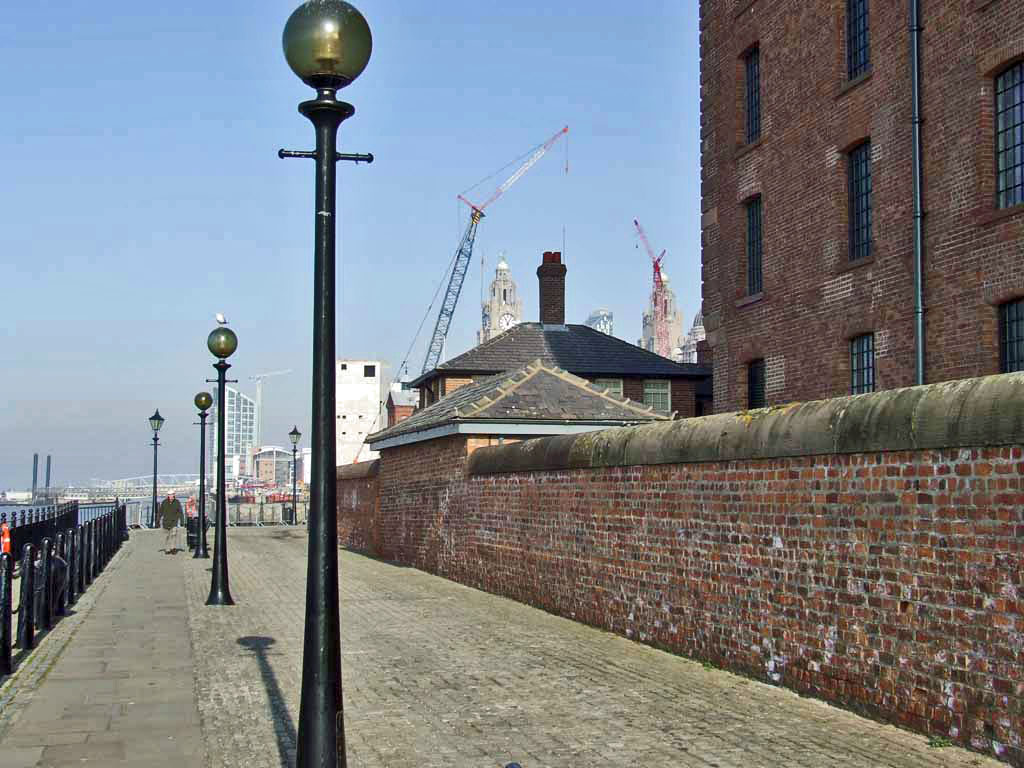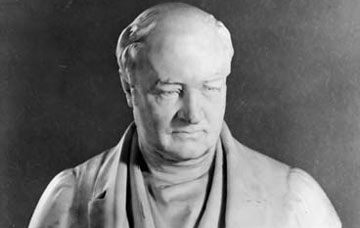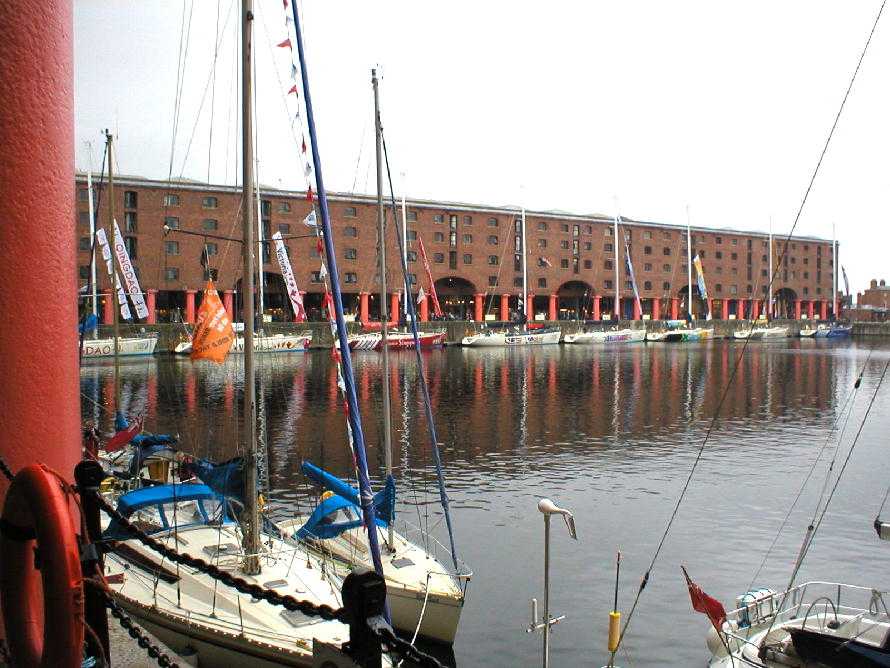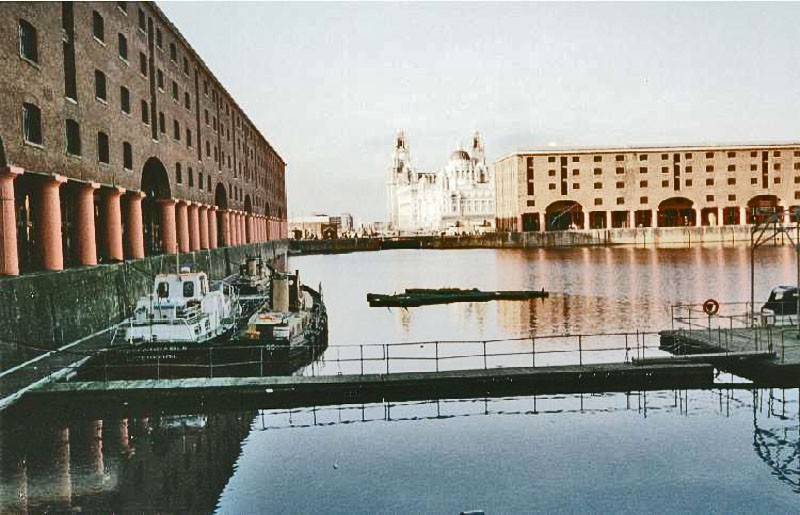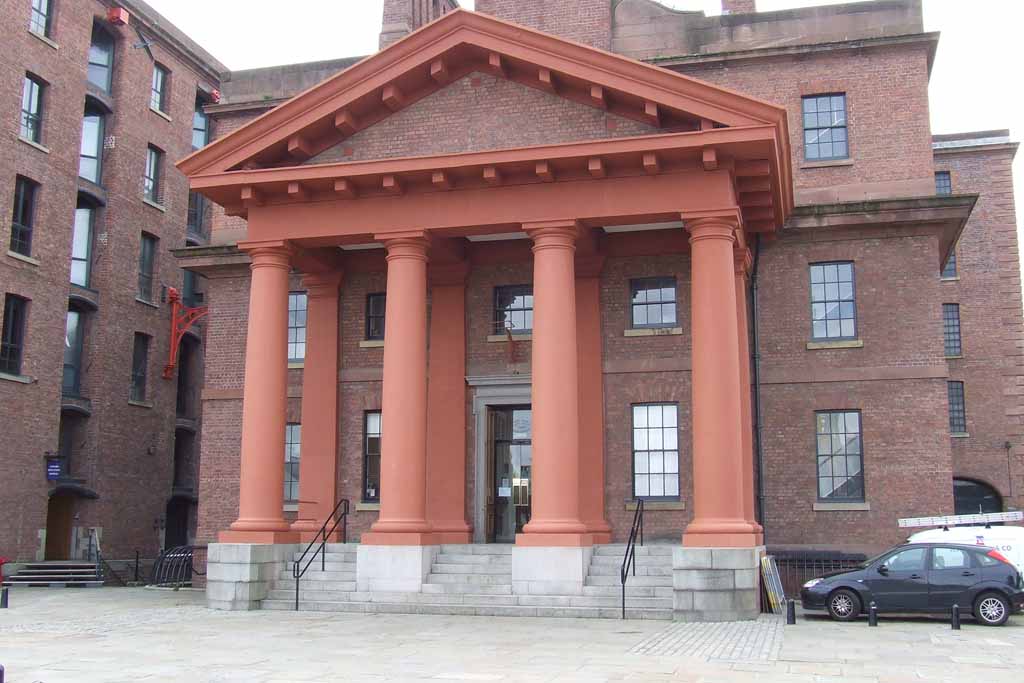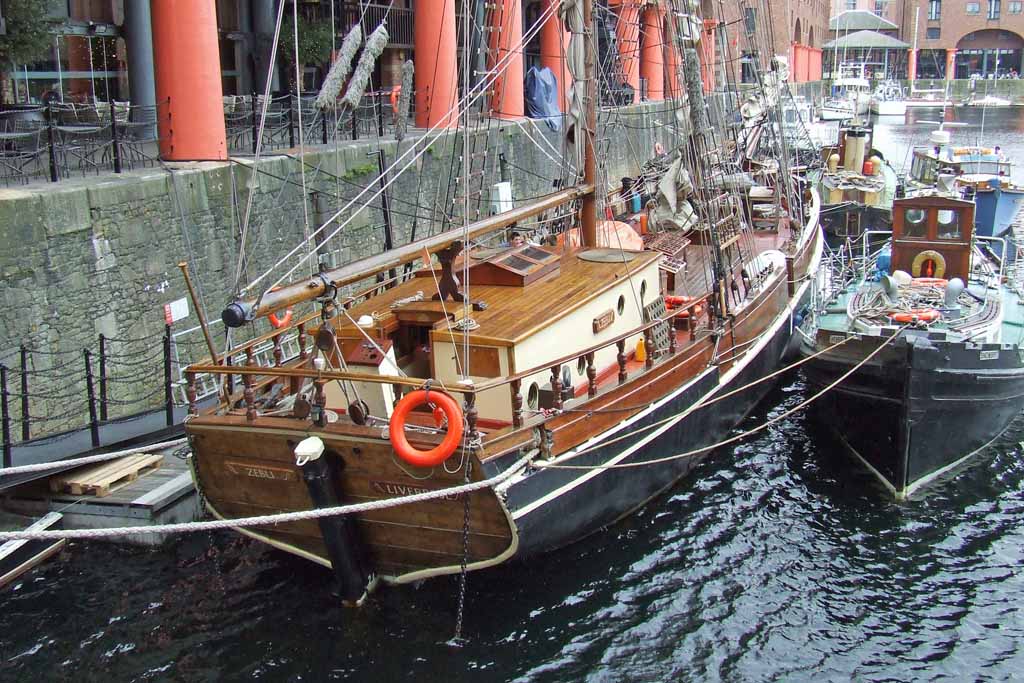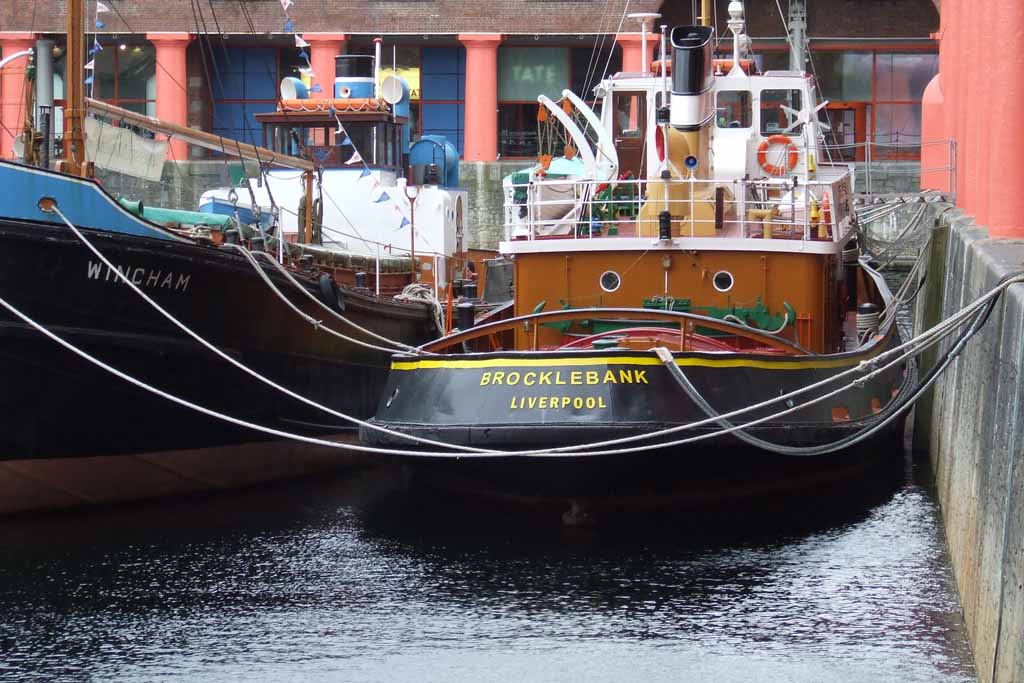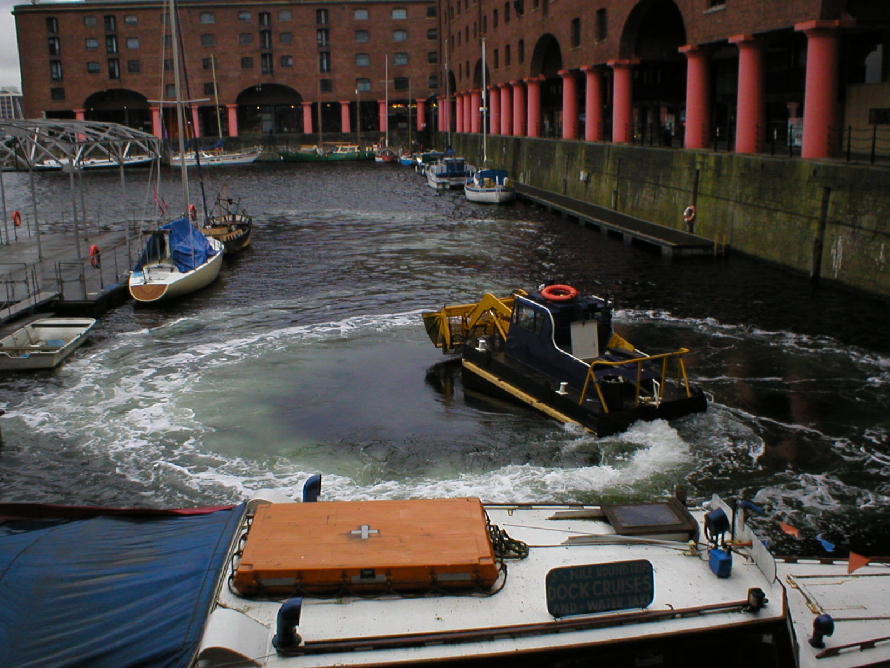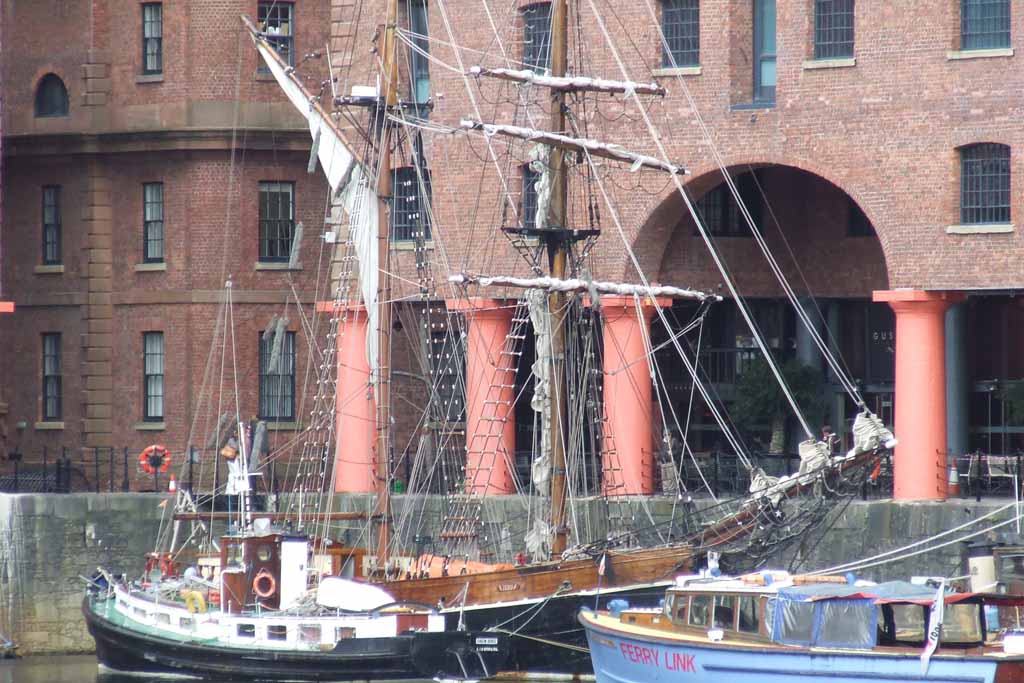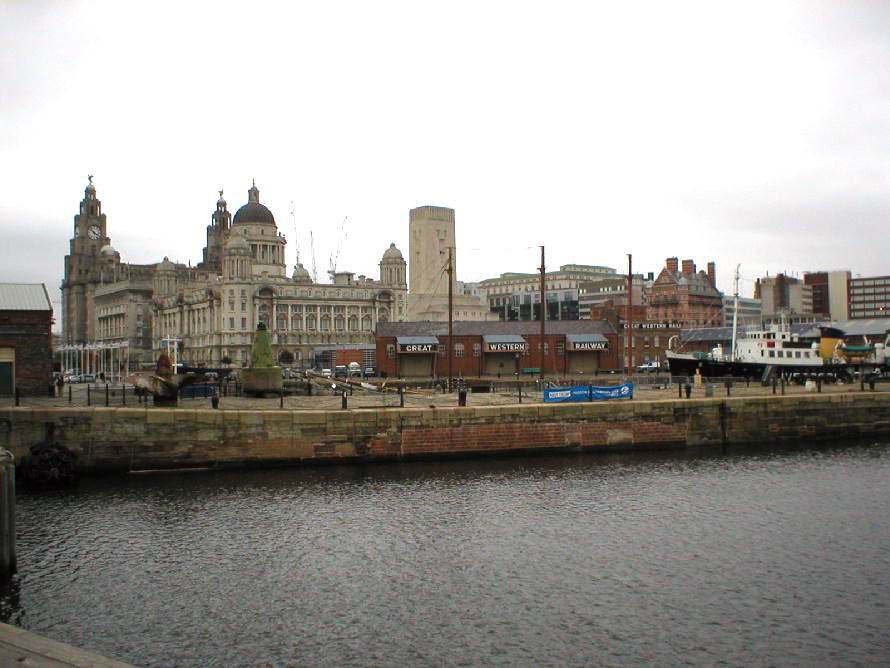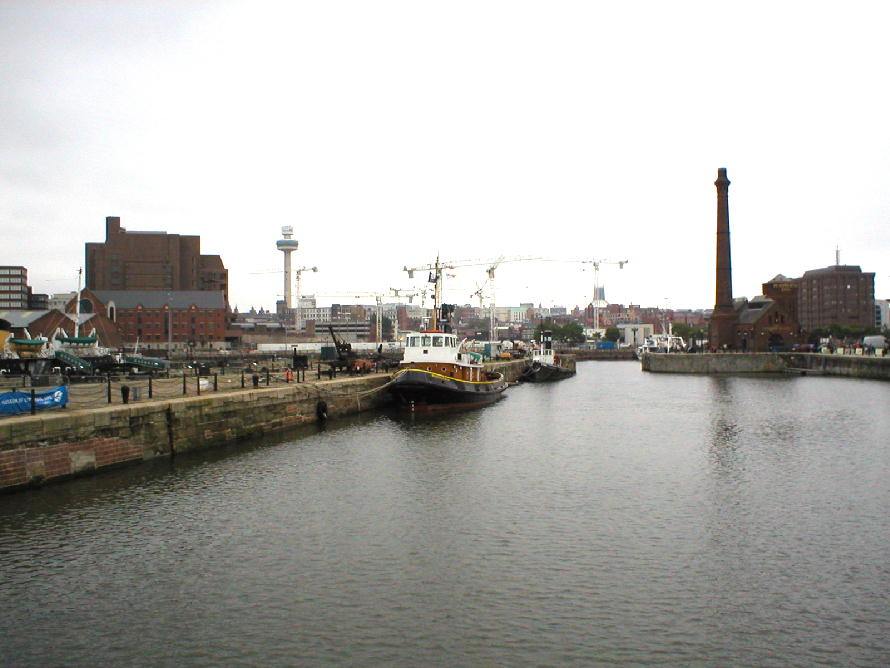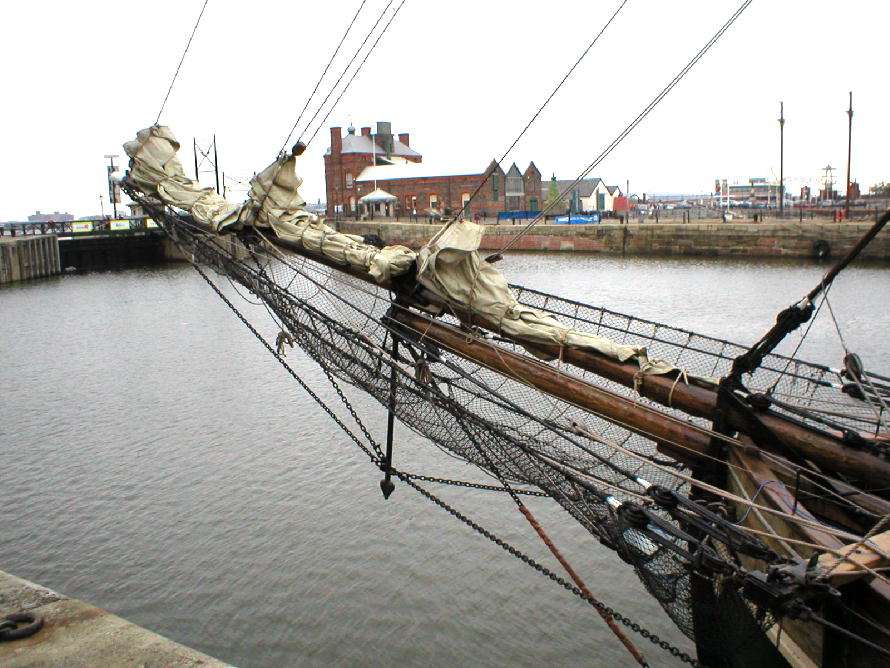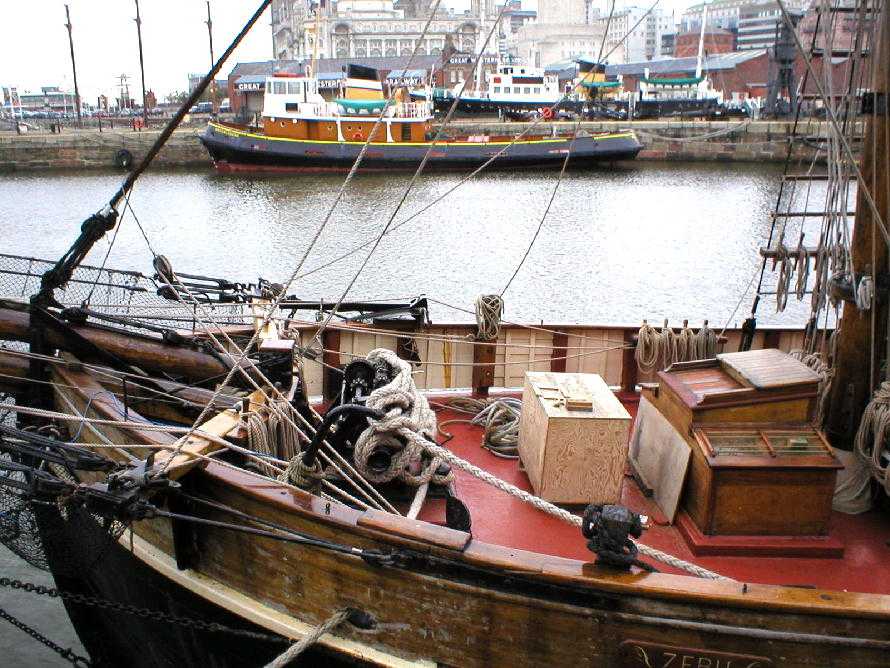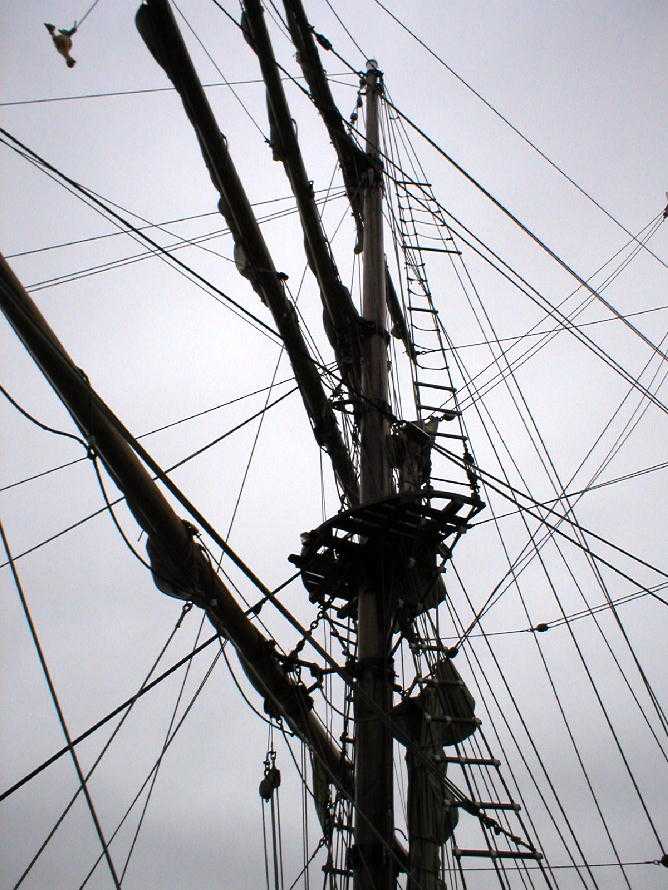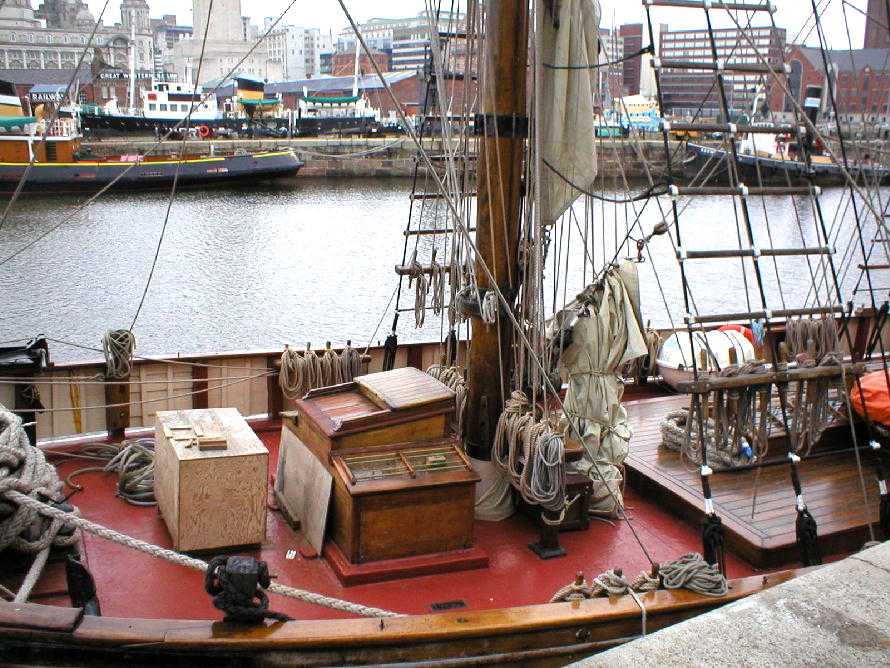|
Albert Dock
http://www.liverpoolmuseums.org.uk/maritime/albertdock/historyofthealbertdock.asp In 1839 the dock engineer Jesse Hartley proposed the building of a radical new dock on the western side of Salthouse Dock - Albert Dock. It was the first in Liverpool to be designed with warehouses, which along with the latest hydraulic machinery would ease the unloading and onward movement of goods arriving from around the world. It was to be unlike any other dock. Following the passing of an Act of Parliament in 1841 the resident shipbuilders vacated the site (many moving to the Birkenhead side of the river) and work began on the new dock. Hartley used a number of building materials including:
OpeningIn 1845 the Albert Dock opened. It covered about seven and a half acres (about 3 football pitches), had cost £721,756 to build (about £41 million today) and could welcome sailing ships of between 500-1000 ton cargo capacity. The warehouses were not complete at this time, and were still unfinished at the official opening on 30 July 1846. Prince Albert, Queen Victoria's consort, was guest of honour at a lavish party to mark the occasion. The proximity of the simple yet functional warehouses, which still encircle the dock today, allowed the rapid unloading and turn around of ships, and provided security for valuable cargoes. They were bonded which meant that import tax became payable only when the goods were ready to leave the warehouse, by which time the owner had sold the goods and raised the necessary funds. This also meant that customs men did not have to be on site when the cargo arrived. Many of the goods brought to the warehouses were plant products like hemp, cotton, sugar and jute that only grew at certain times of the year. Traders could store them at the Albert Dock's warehouses and release them slowly over the year. Good natural light and ventilation on the top floors kept goods fresh. This stockpiling helped to reduce the seasonal differences in supply and price. The Albert Dock proved very popular. Valuable cargoes such as brandy, tea, cotton, silk tobacco and sugar were unloaded from ships which then moved to Salthouse Dock to load up with export goods. The incoming cargo was moved from the warehouses to other towns and cities in Britain, often on local coastal ships. However, even in these early days the dock itself was proving too small and entrance was difficult, especially for paddle steamers which could not get through the dock gates.
DeclineBy the 1860s the dock was losing business. It was designed for sailing ships, not the prevalent large, screw-propelled steamships. The basin and dock entrance were simply too small. Plus, as steamers unloaded their cargo much faster than sailing ships they needed plenty of open quayside space. Albert Dock did not have this and the warehouses, which had once been a major selling point, now prevented expansion. Over the next 30 years trade declined to the extent that one of the warehouses was reassigned as a cold store, producing ice for packing fish onboard Liverpool's trawler fleet. The main visitors to the dock were coastal vessels, with barges bringing cargo from other docks for storage at the Albert Dock warehouses. Other vistors included vessels waiting for space in graving docks, salvage and Mersey Docks and Harbour Board vessels. By 1920 there were almost no commercial ships sailing into the dock, and the warehouses were only used for storing goods carried by road, barge and rail. World War II provided a brief reprieve for the dock when it was used as a base for escort vessels in the Battle of the Atlantic. However this was the last real use for the dock, and other than coastal vessels there were few visitors before the dock was abandoned in 1972. The rising cost of dredging and falling traffic had made the dock uneconomical. However, like many of Liverpool's historic docks the Albert Dock was due for a revival, and new life came with the opening of the Merseyside Maritime Museum in 1980. If you'd like to learn about the history of other Merseyside docks visit Trading Places.
Jesse Hartley (1780-1860) designed and built the Albert Dock and its warehouses. At the time he was surveyor to the Liverpool Dock Trustees and by far the highest-paid salaried engineer in the country. In the 36 years he spent working for the Liverpool Dock Trustees, Hartley either built or altered every dock in the city. The quality of his work and its longevity suggests that it was more than just a job to him - they are a testament to his dedication and attention to detail. His position gave Hartley the opportunity to deal with each dock as part of a whole system, rather than simply as a stand-alone basin. He was acutely aware of the importance of good communication between docks, through railways, canals and roads, as well as ease and safety of access for ships. Hartley was certainly thorough, and liked to supervise every stage of design and execution. While planning the Albert Dock and its warehouses, possibly his most famous creation, Hartley built models of the warehouses to test the brick arches. While not a particularly novel designer Hartley nevertheless created a number of new uses for iron including crane arches on the walls of the warehouses. He also mocked up a large-scale model to observe how a layer of iron beneath a wooden floor helped it resist fire. Hartley's stressed-skin roof structure was the first of its kind and a dazzling piece of innovation. It consisted of wrought iron plates, riveted together to produce a light but sturdy structure that was less of a target for thieves, and in the event of a fire was less likely to cause damage to passers-by. It was also an expensive development, only adopted for the extra security it afforded the building. Hartley's designs were both practical and economically sensible, showing a pragmatic and prudent nature. Not all of Hartley's designs are as sombre and purely functional as the Albert Dock: the hydraulic accumulator tower at Canada Dock looks more like a castle than a dock structure. At the far end of Albert Dock is a plaque in his honour, placed by the Institution of Civil Engineers.
Mersey Heritage Trustís Baltic trader tall ship Zebu. http://vimeo.com/11778422 She is a replica Brigantine
See also
Docklands
|

